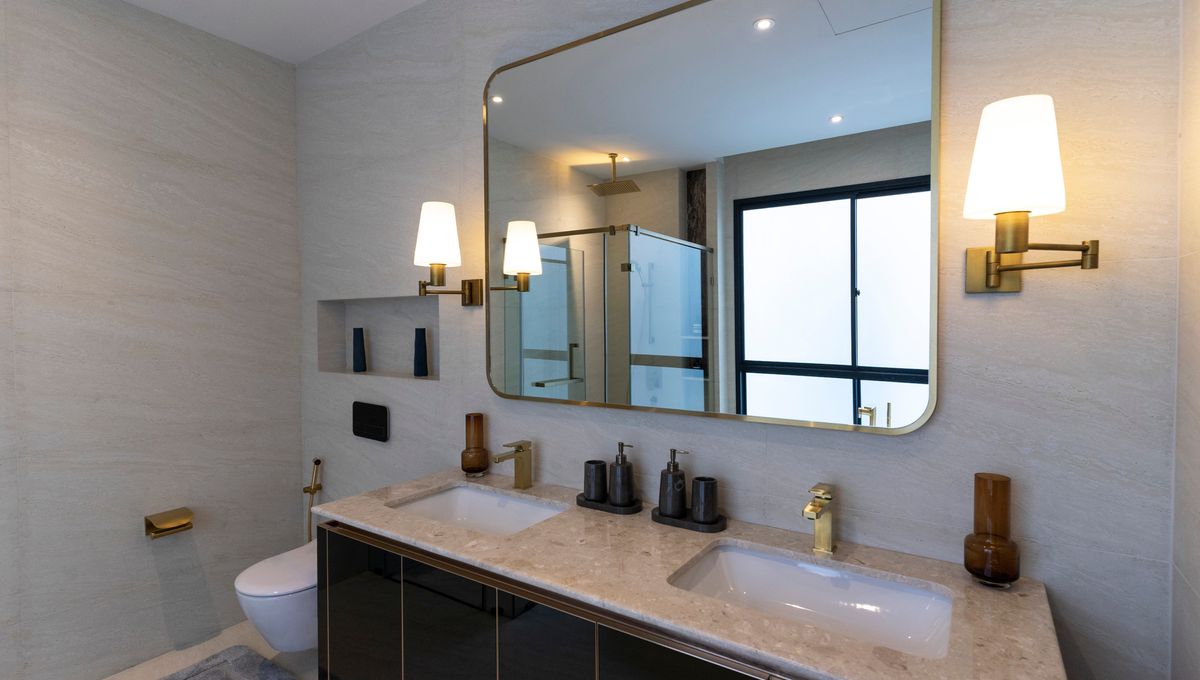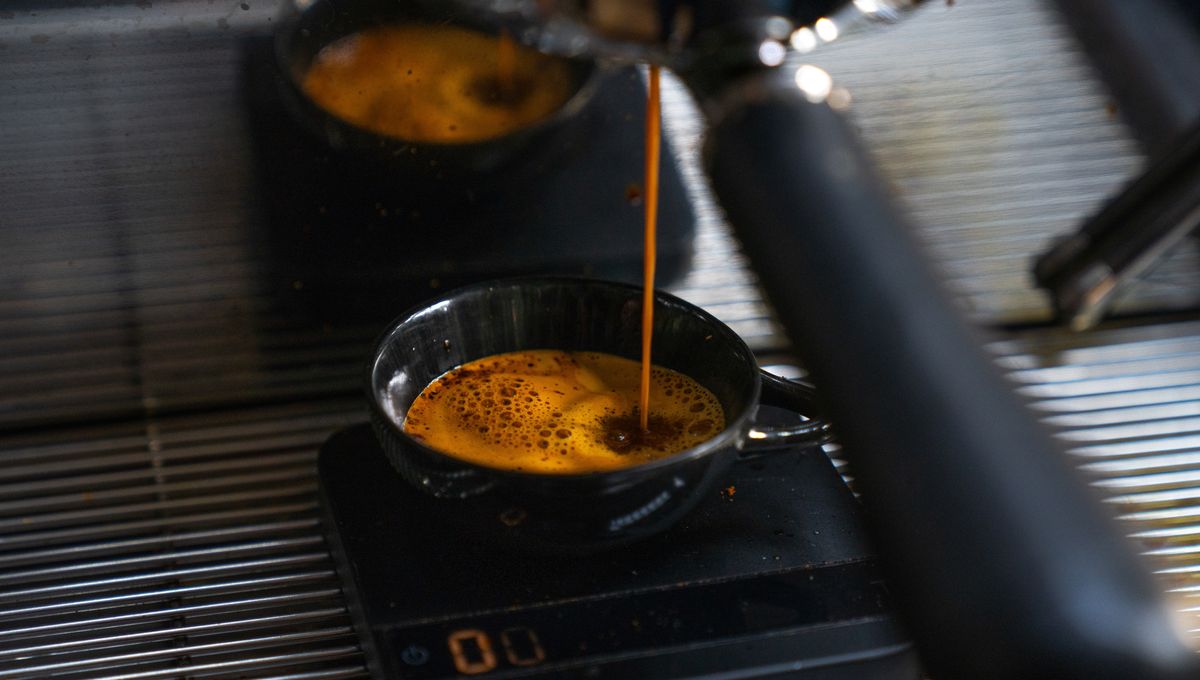What is a two-way mirror?
Did you know that the first two-way mirror was patented in the US way back in 1903? These panels look like regular mirrors on one side, but on the other side, they are actually tinted windows. You’ve probably seen them in crime shows during those intense interrogation room scenes.
These panels go by different names such as two-way or one-way mirrors, half-silvered mirrors, or one-way glass. However, the more accurate term to use is transparent mirror. They are made of laminated glass with a thin layer of metal, creating a mirrored surface that reflects some light.
Fingernail trick
Here’s a simple test you can try to determine if a mirror is genuine. Place your fingernail against the reflective surface. If there is a gap between your fingernail and its image, congratulations! You have a real mirror. However, if your fingernail touches the image directly, it’s likely a two-way mirror.
This test works because of where the reflective part of the mirror is located. In a transparent mirror, the reflective part is usually right at the surface. In an actual mirror, there is often a layer of clear glass protecting the reflective part.
There are instances where the reflective surface is placed first, but these are usually expensive mirrors that you won’t find in hotels.
Keep in mind that this trick has some limitations. An untrained observer might mistake an ordinary mirror for a transparent one. Factors like the angle or size of the mirror, the object being observed, and the lighting conditions can affect how you judge if an object is placed against a mirror.
Mirror placement
Transparent mirrors are often set into the wall instead of being hung on it. If there is a wall behind the mirror, it’s likely an actual mirror.
The placement of lighting is also important. The lighting in the area where hidden observers are located needs to be darker than the lighting on the person in front of the mirror. If you press your face against the mirror and cup your hands around your eyes to block out the room’s light, you might be able to see through the transparent mirror.
Audio test
Another clue you can use is the sound produced when tapping your fingers against the mirror. Mirrors typically have backing and are placed in front of walls, so a gentle finger tapping will produce a dull thud. Transparent mirrors, on the other hand, will make a hollower sound.
Mirrors be crazy
Mirrors can be quite perplexing. Have you ever wondered how a mirror can “see” an object that is hidden by a piece of paper? We’ve got a video that answers that question: click here.
And here’s another mind-boggling fact: mirrors don’t really reverse left and right. Curious to know why? Check out this video: click here.
Mirrors are indeed strange objects, but armed with these tricks, you can feel a bit less paranoid when staying in hotels… maybe.








